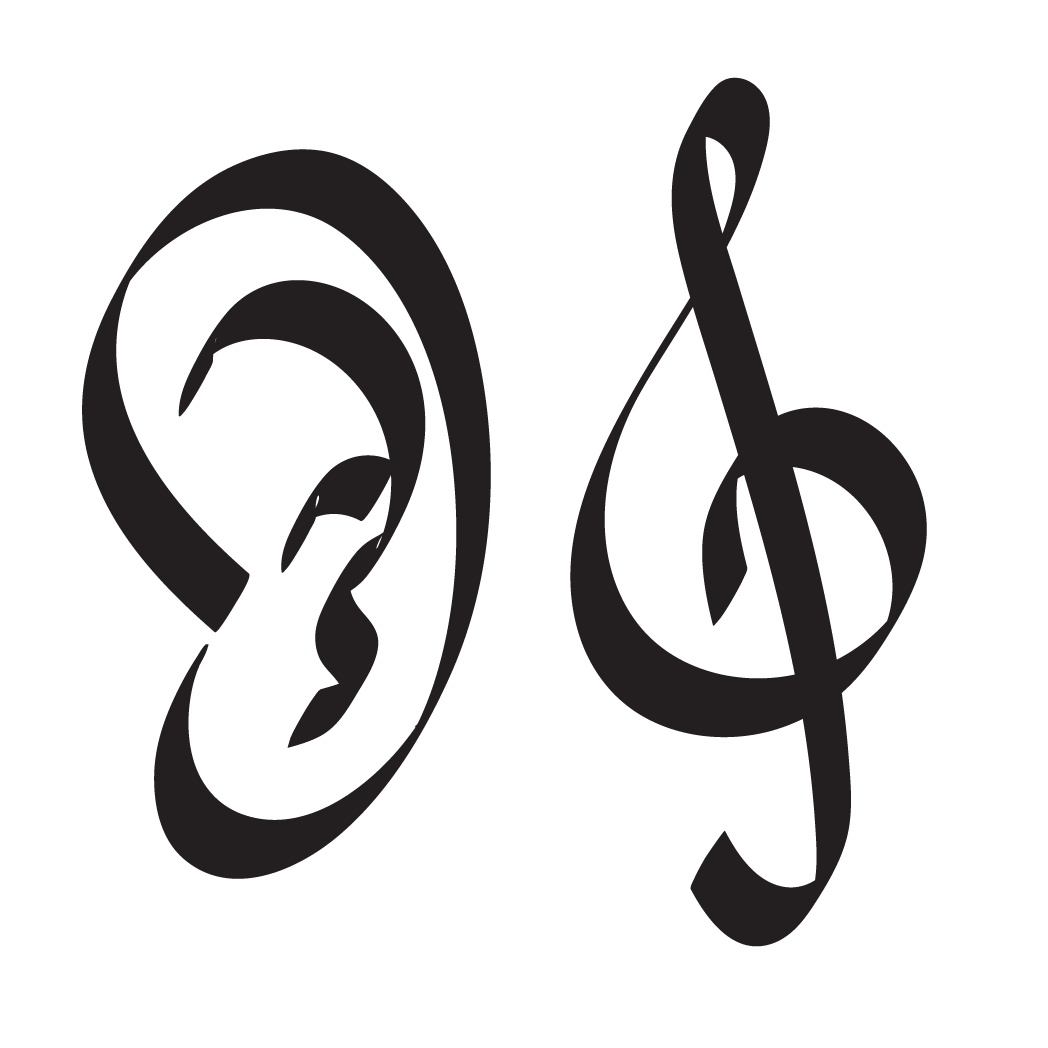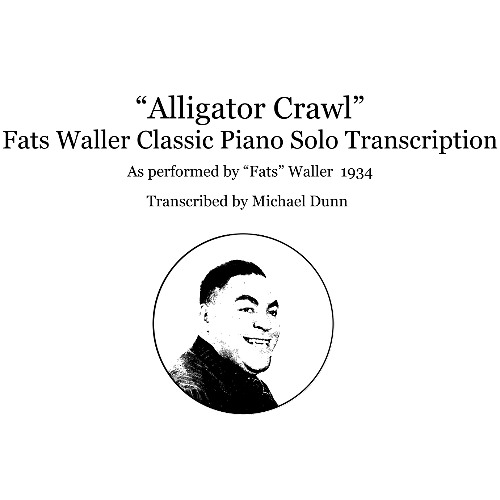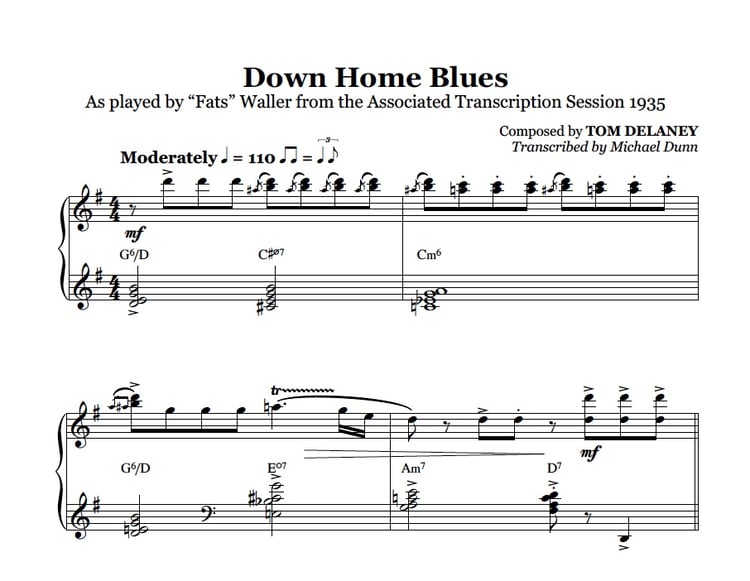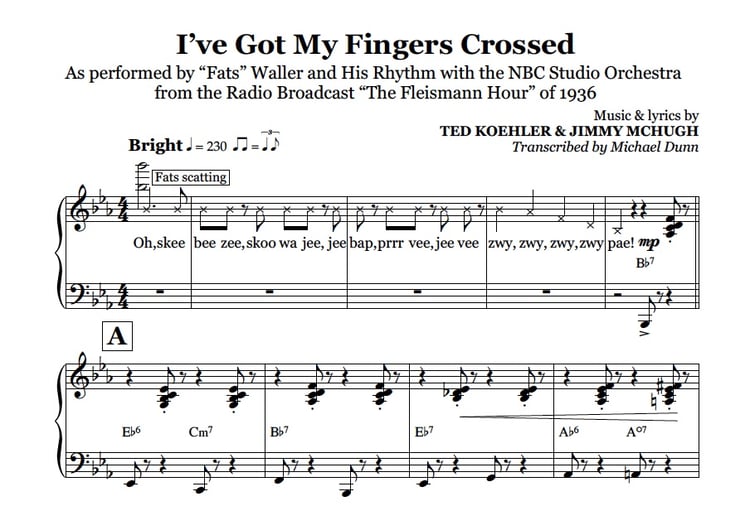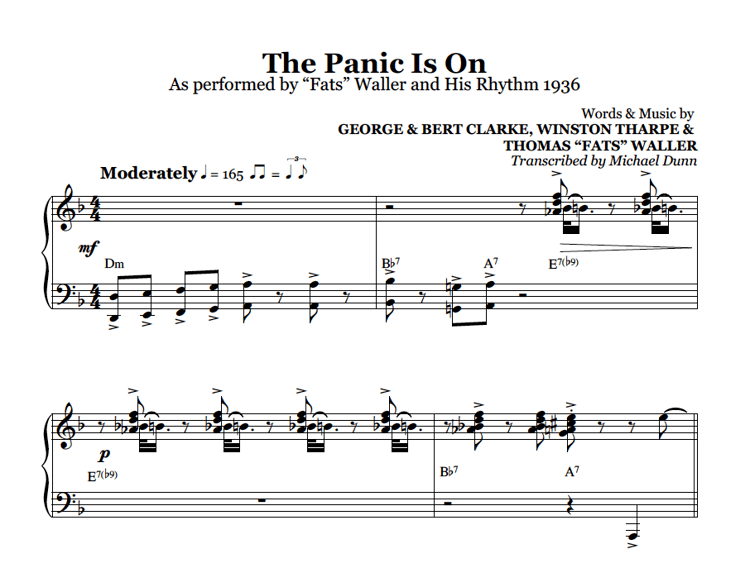Alligator Crawl
Here is my complete transcription of Fats’ classic piano solo from 1934, Alligator Crawl.
Mike Lipskin in his liner notes to the double CD set “Turn on the Heat” describes the style of the piece as hard to categorise. Neither a novelty nor a stride display piece, it nevertheless quintessentially displays everything I love in Fats’ playing: irresistible swing, strong melodic sense, rich harmonies and bursting with personality.
Originally called "Charleston Stomp", Fats conceived the work and the other 3 piano solo pieces he recorded at the same session, years earlier while working for publisher Joe Davis, according to Fats' son Maurice in his dad's biography. Fats eventually recorded them all - Alligator Crawl, African Ripples, Clothes Line Ballet and Viper’s Drag - in one prolific Friday afternoon session in November 1934. All 4 solos were published in sheet music form the same year. Later Fats chose to include the four solos amongst the tunes performed in his Associated Transcription session in 1935. Louis Armstrong recorded it much earlier in 1927 with only a brief chorus that resembles the actual melody Fats plays.
The piece remains a quirky, fun solo enjoyed by many pianists and is an essential requirement for any budding stride pianist. The published version even appears in the Australian Musical Exam Board syllabus as an examination piece!
While the published version may provide a basic guide to the piece, to me it is rather stiff, as is the case with most published sheet music versions. Much can be learned from comparing it with Fats' actual performance as to how to fill out and embellish a published solo into a spontaneous jazz performance. Other memorable performances worth listening to include those by Ralph Sutton, Dick Wellstood and Hank Duncan. Note how, while the basic form and melodic material are generally adhered to, each player’s performance is spontaneous, unique and individual. Stride is a form of jazz and this individual, improvised approach should always be the goal in a jazz piano performance rather than a note-for-note re-performance of a pre-existing recording.
All Fats' trademarks are here: his classic “sliding pinky” 10th RH riff (in probably its most famous context), constant forward and backward LH tenths, his delicate classical touch, contrasting dynamics and moods, and his irrepressible sense of joy and fun.
Regarding pedal use, I’ve not included any markings for simplicity's sake but Fats’ pedalling is constant though subtle throughout this performance. VERY basically, Fats uses it to smooth over the gap between the “oom” LH bass note/tenth and the following “pah” chord. Listen to the recording and use it with discretion.
This solo is personally significant to me in that it represents the "spark" that began my long obsession and love of Fats Waller’s piano playing. The track was played occasionally on our local Sydney morning radio station which prompted my piano-playing mum (who inflicted piano lessons onto me and my sister) to call out to me and I would rush to hear it and was immediately dazzled, entranced and totally hooked.
This ultimately led me to buy an LP of Fats’ pianos solos which further fuelled my curiosity and consequently began my obsession and fascination which led to my first transcriptional dabblings.
Here is the original recording:
Youtube.com noteman
